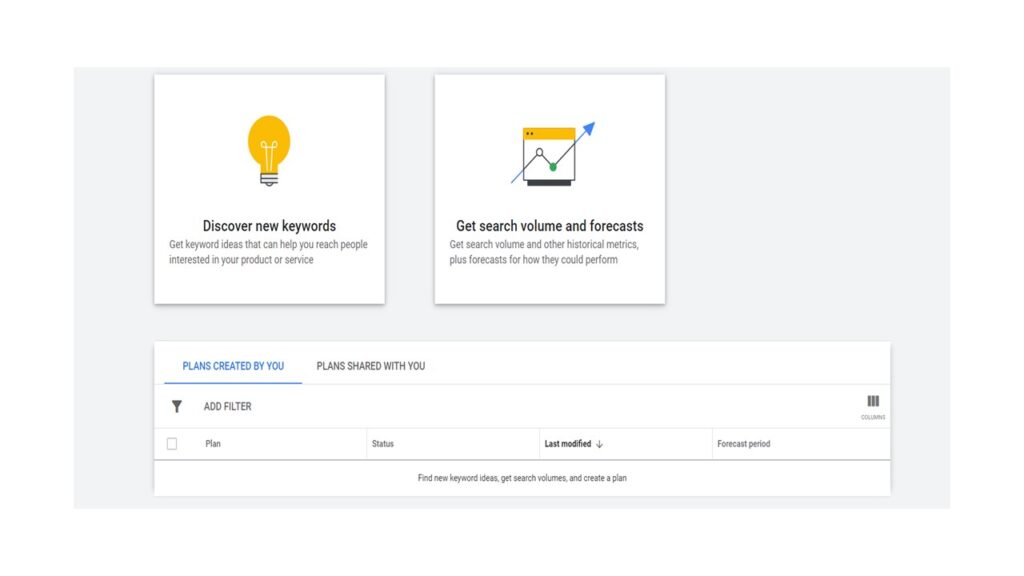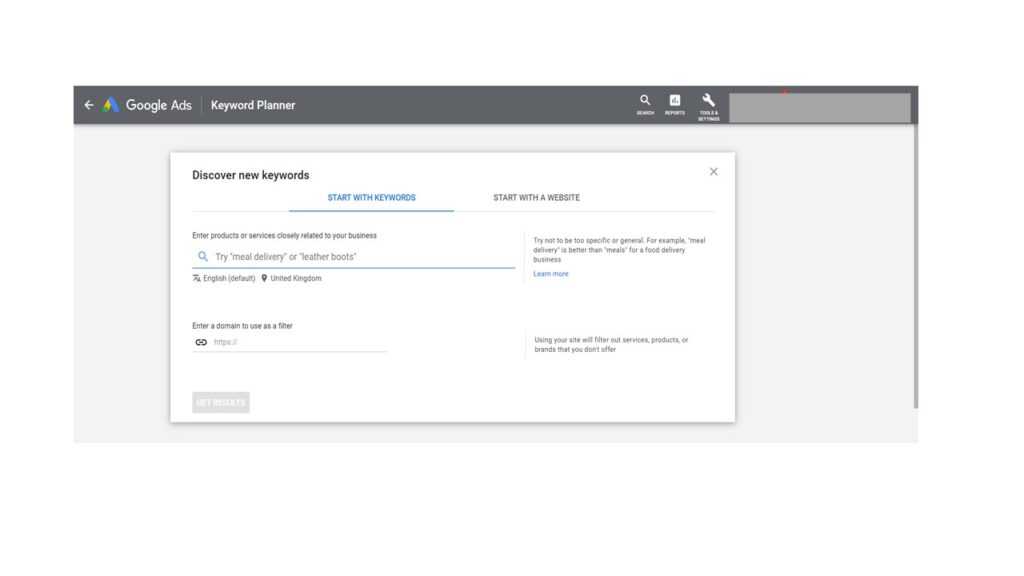A keyword analysis is a process of identifying search terms or phrases that bring traffic or visitors to your website through paid campaigns.
It’s easy to visualize keyword research. You are in the market to buy a car, and your first port of call is Google (or a search engine of your choice) to explore “options” that are out there. In this phase, you are merely exploring and not particular about the brand.
You start your search exercise with a higher-end search term like ‘Sedans’; this assumes that you are buying a car, not a truck or bike.
Let’s look at another scenario. Here, you know what to buy, i.e., you have a good idea of Sedans and the brands you want to look at—for instance, Toyota Camry.
Another scenario is when you know that you want to buy a Toyota Camry, but you want to know its price. So, your search term is most likely to match, ‘Price of Toyota Camary near me.
In all of these cases, the search terms, ‘Sedans,’ ‘Toyota Camary,’ and ‘Price of ‘Toyota Camary’ become the starting point of a customer’s journey to buy a product. If the search terms are different, the search engine results will also be different, i.e., it will closely match the intent exhibited in the search terms.
For example, let’s take the search term ‘Price of ‘Toyota Camry. In this case, the results thrown by Google will closely match the relevant organic pages of Toyota (if it has one) that talks about price. Now, if someone at Toyota were smart enough, they would have used this search term as a keyword in their Ad Group to run a campaign that triggers the relevant price page whenever anyone searches for the ‘price’ term. In this case, the campaign drives Paid traffic to the site.
Understanding the buyer funnel
Keywords may look innocuous, but they are a treasure trove of information. They tell you about buyer intent and where they are on the purchase curve, also called the buyer funnel.
For example, someone searching for ‘Sedans’ and ‘Price of Sedans under $50,000.00 represent two different intents. In the first one, ‘Sedans’ may resent a weak intent more exploratory in nature. But a search term like ‘Price of Sedans…’ is tighter in a sense; it represents clear intent and focuses. We do not know which one is likely to lead to a sale, but the probabilities favor the customer who was more specific with their search term.
In a search or discovery phase, there are two concepts that one needs to take care of when deciding keywords for a campaign. Keywords at the top of the funnel (broad keywords) and those at the bottom that indicate a potential purchase.
Ideally, keywords that represent both these stages should be taken care of when running a search campaign. With an appropriate attribution model selection, you should be able to determine which of the keywords worked for you.
Ad Groups, Keywords, and Funnels
Funnel-specific keywords (top and bottom specific keywords) must be indifferent Ad Groups. So, broad keywords that orient towards product discovery would be in a separate Ad Group. Here you can be less aggressive on the bids for these types of keywords. Whereas for the intent-heavy keywords (bottom of the funnel keywords), you can be more aggressive as these are keywords that are most likely to convert.
Then some keywords contain two to three words. These are long-tail keywords, and these may tilt towards discovery and high intent. Long-tail keywords are longer and more specific, are closer to purchase – rather than the end of the funnel – and have a reasonable probability of converting. For example, a long-tail keyword could be “Deals on Dell i9 laptop with 16 GB RAM”. This is a specific search by someone who knows what they need.
How to use Google’s Keyword Planner
Several tools are available that help you with your keyword research, but you’re most likely to use Google’s Keyword planer for your keyword research needs. To access the keyword planner, you will need an Ad Words account. Furthermore, you will need an active campaign to ensure that you get the best out of the keyword planner.
One way to bypass that is to have a small campaign with a tiny budget. That works. In this way, you can access keyword planner without frills, and at the same time, you are spending a bomb on paid tools.
Let’s get into the step-by-step instructions on how to use a Keyword planner.
Keyword planner can be accessed using the ‘Report and Tools’ section on your Google Ads account. On clicking keyword planner, you come across two options.
1. Discovery – as the name suggests, here is where you will find your keywords for your campaign.
2. Forecast – tells you the potential of keywords in a draft campaign setting.
Optimal settings to get the best out of keyword planner


Google’s Keyword planner can be found under the report section of Google Ads. Once you open that up, you will find it under the planning section.
Look for the card, ‘Discover New Keywords.’
These are the keywords that help you reach people interested in your product or service. How d you discover new keywords? You start with a couple of options.
1. You can start with keywords
2. Or, start with a website
If you are starting with keywords, you have to choose keywords that closely match the business that you are in. For example, keywords like “food delivery” or “furniture” make sense if you are in the food delivery business or furniture business. The trick is to be neither too broad nor too specific.
You can also set the language and the location. This is important. Limiting your geography is a good idea if you are a local business or a business serving a small geographical area.
You can also use your website as a filter to make your keywords more relevant to your business.
The second option is to start with a website.


Here you can start with your website, and Google uses it as a source for your business keywords. You have the option to use the entire site or specific page on the site.
Hack – 1


1. If you are not running any campaigns, keyword planer will not work. The hack is to run a campaign at a bare minimum budget to get the keyword planner activated. You could also pause the campaign after you have started your campaign.
2. Set a 12-month timeline in the date-picker on the top. A yearly trend gives you a reasonable estimate of the keyword traffic.
3. You could use your competitor’s website (or a specific page) to find what keywords they are working with. This is in case you have a similar product. Your competitor has a blog page; you could easily find out the keywords they are ranking for using that web page address.
Once you hit “Get Results,” You get a results page with keywords, average monthly competition, top of the page bids (high and low).
Hack – 2
1. Use ‘Filter’ to refine your keywords. Remove keywords that are not relevant, and then you are left with.
2. Use the keyword filter to include (‘contains’) and exclude (‘does not contain’) keywords. For example, if the keywords you generate are prefixed with the brand, i.e., ‘Futura Wooden Cabinets,’ you could use a Keyword filter and filter out those keywords that do not contain ‘Futura.’
Now you are only left with non-branded keywords.
3. Look for monthly searches and competition columns. They give you a sense of the potential of the keywords you are going to work with.
4. Look for long-tail keywords. Example, ‘Price of an Oak finish Bed.’
This is a bottom-of-funnel keyword, and someone searching for this keyword is looking for a near or immediate purchase.
EndNote
Keywords are the key to Search campaigns and SEO efforts. Although there are tools that can help you with these, it’s important to understand search from a buyer’s perspective. Talk to a few customers, and start by finding out the search phrases they’ve used to discover your product. What’s been their user journey? What websites assisted in their conversion? All this may not look exciting, and very few people running campaigns do this.
And, this is the sort of thing that makes the difference between a good keyword plan and a not -so-good-one!
A Bonus Give Away!
If you need these settings in a screenshot format (ppt), write to me at robin@digitalonmyplate.com, and I’ll send them to you in an instant!
Thank you for reading!
Popular posts
- How to easily set up your first Display Ad campaign
- Inside Sales Strategies That Work in 2021
- Setup An Awesome WordPress Blog in 8 hrs!
- Best HTML+CSS Free Courses Reviewed (2021)
- Turbocharge your campaigns with negative keywords
Photo credits:
Glen Carrie-unsplash.jpg

